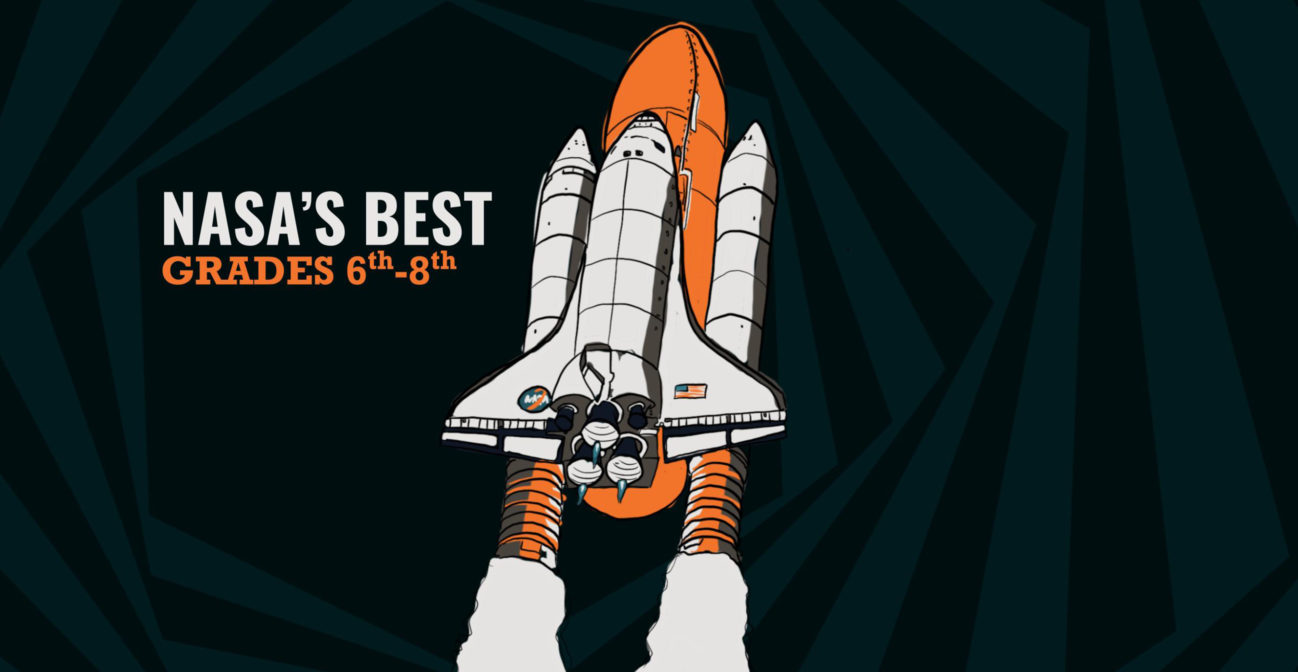Join us for conversations that inspire, recognize, and encourage innovation and best practices in the education profession.
Available on Apple Podcasts, Spotify, Google Podcasts, and more.

The NASA BEST Activities Guide has been developed by a team from the NASA Goddard Space Flight Center’s Office of Education in support of NASA’s Exploration Systems Mission Directorate (ESMD). ESMD develops capabilities and supporting research and technology that will make human and robotic exploration possible. It also makes sure that our astronaut explorers are safe, healthy, and can perform their work during long-duration space exploration. ESMD does this by developing robotic precursor missions, human transportation elements, and life support systems. Ultimately, this Directorate of NASA serves as a stepping stone for the future exploration of Mars and other destinations
The NASA BEST Activities Guides were designed to teach students the Engineering Design Process. Our team created three guides to accommodate three grade groups: K-2, 3-5 and 6-8. All follow the same set of activities and teach students about humans’ endeavor to return to the Moon. Specifically, how we investigate the Moon remotely, the modes of transportation to and on the Moon, and how humans will live and work on the Moon.
The Engineering Design Process is a series of steps engineers use to guide them in problem solving. Engineers must ask a question, imagine a solution, plan a design, create that model, experiment and test that model, then take time to improve the original – all steps that are crucial to mission success at NASA. What makes this guide different from others is: (1) there are no specific instructions or “recipes” for building the items; and (2) there are no given drawings. The emphasis is for students to understand that engineers must “imagine and plan” before they begin to build and experiment. To successfully complete the NASA BEST Activities, students must draw their ideas first before constructing.
Many of the activities have been adapted from others, and then aligned with the theme of efforts to return to the Moon with a focus on using the Engineering Design Process. Each activity features objectives, a list of materials, educator information, procedures, and student worksheets. When appropriate, the guide provides images, charts, and graphics for the activities. All activities are intended for students to work in teams. It is recommended that each team consist of 3 or 4 students. The activities can be used to supplement curricula during the school day or as activities in after-school clubs; as a set or individually. This guide of activities was also designed to keep material costs to a reasonable limit, using items often already found in the classroom or from home. Furthermore, all activities correlate to national science, mathematics, technology, and engineering standard(s). A list of national standards is included at the end of this guide.
Remember, let the students have fun!